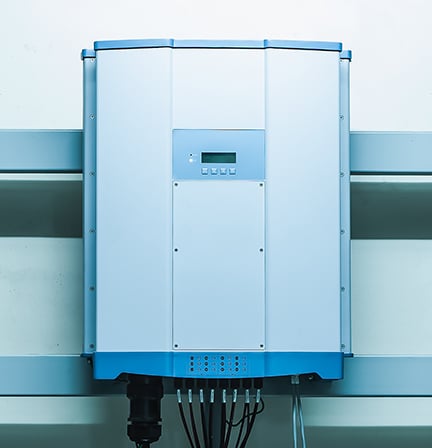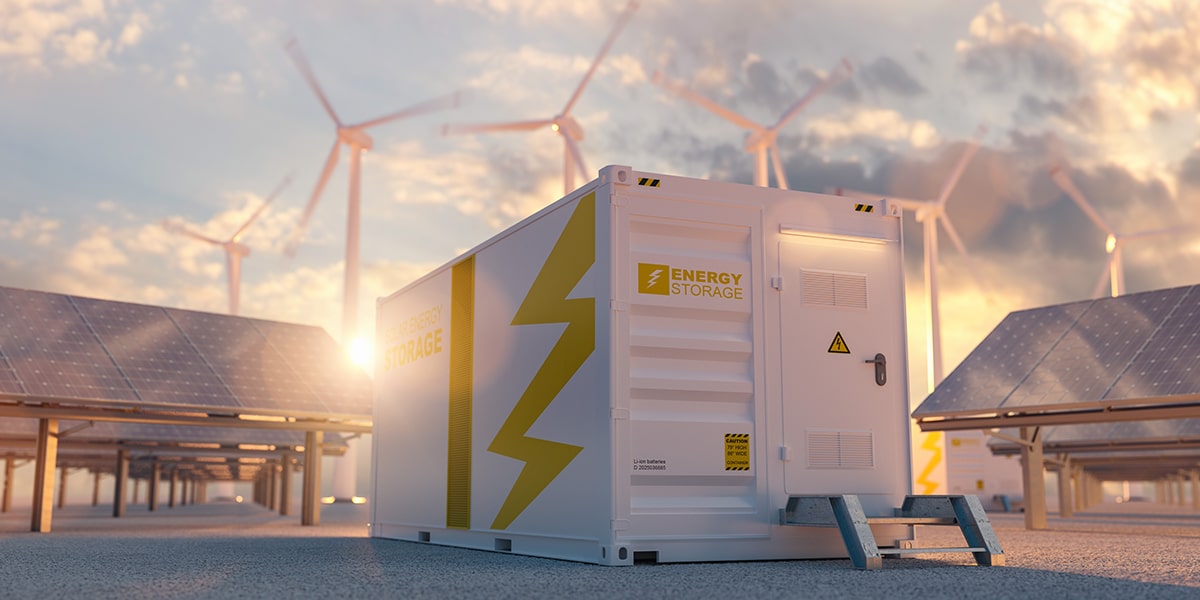|
What is Carbon Arbitrage? Arbitrage on its own is an investment strategy that leverages price differences to generate a profit by buying and selling the same assets at different prices (buy low, sell high). Carbon arbitrage involves leveraging emission factor differences to maximize carbon displacement by shifting renewable generation to more carbon-intense hours. The benefits of carbon arbitrage tend to be less focused on the financial value, but rather on short- and long-term carbon emissions reduction, risk mitigation, and social benefits. |
Maximizing the carbon displacement value of your renewable energy procurement is all about enhancing the climate benefit of your project. To respond to the increasing number of clients inquiring about this, we put together a three-part blog series with approaches organizations can use when planning their strategies.
In part one of this series on maximizing carbon displacement value, Amy Chiang highlighted choosing the right market for your power purchase agreement (PPA). The market you choose can have a sizable impact on the carbon displacement value of your project based on the carbon intensity of that region, along with how renewable energy technologies intersect with that market.
In this blog, we’ll uncover how to ensure maximum carbon displacement value through using an alternative technology for carbon arbitrage.
Leveraging Alternative Technologies for Carbon Arbitrage
To get the maximum carbon displacement out of a project, you’ll need to first choose a market and technology combination as we discussed in part one. While doing this, it’s important to keep in mind the time of day and why it matters. Knowing that wind farms typically generate the most output at night, while solar plants generate during the day, is a crucial starting point. The challenge then becomes lining up the hours that power is being sent to the grid with the hours of highest carbon intensity. This is where alternative technologies come in to help. While several technologies can be used for carbon arbitrage, we are going to focus on the most common technology, battery storage.
Currently, battery storage is often used to shift electricity generation to hours that have higher prices in order to maximize the project value (“energy arbitrage”). Along with the monetary benefits of battery storage, you can also use it to transfer renewable energy electricity to hours that have higher carbon emissions (“carbon arbitrage”). Conveniently, higher carbon emissions hours often equate to higher priced hours and carbon arbitrage can result in both increased avoided carbon and increased value. However, that is not always the case, and carbon arbitrage can in some cases lower the value of the project.
Due to the potential for decreased project value, implementing carbon arbitrage may require buyers to shift their mindsets. Your strategy will have to change from energy arbitrage (using the difference in hourly prices to maximize revenue by charging your battery at low-priced hours and discharging at high-priced hours) to carbon arbitrage (using the difference in hourly emission factors to maximize the displacement of carbon emissions by charging your battery at low emission hours and discharging at high emission hours).
Carbon Arbitrage Emissions Factors & Reporting
We touched on the methods for calculating emissions factors in a grid in part one, but as a reminder, the two most common emissions factor types are average emission factors and marginal emission factors.
There is currently no agreed upon standard calculation – different organizations take different approaches, and discussions about what should be the primary approach are ongoing. Some organizations will only accept the use of marginal emission factors when calculating carbon displacement as they see this as the best way to calculate avoided emissions due to their categorization of the last, marginal plant as well as sensitivity to time of day. However, others argue that average emission factors are influenced by time of day as well and can still demonstrate why time of day matters for carbon intensity when calculating carbon displacement.
What we can agree upon is that there is currently no incentive for carbon arbitrage, in either the market structure or reporting. The Greenhouse Gas (GHG) Protocol does not account for this and it can be more laborious to incorporate into your project. Currently, carbon arbitrage will only be implemented if there is a prioritization of the impact your project will have.
3Degrees sees a future in which there are incentives for carbon arbitrage. The reporting standards could switch from accepting attributional accounting (annual matching of energy attribute certificates (EACs) to megawatt-hours (MWh)) to requiring consequential accounting (measuring the carbon emissions you caused compared with the carbon emissions you avoided). In this world, carbon arbitrage could be used to maximize avoided carbon per MWh, which would result in fewer MWh needed to meet reporting goals. Or, there could be future regulatory changes, like a carbon tax. By putting a value on carbon, an incentive would then be created for carbon arbitrage. Regardless of what the future scenario may be, companies that focus on carbon arbitrage now are getting ahead of the curve and leading the way on groundbreaking work.
Leadership Needed for a Net Zero World
To close out, most of the world’s public and private organizations currently use annual EAC matching for their electricity emissions reductions. However, there are some organizations that are exploring alternative locations or technologies to displace even more carbon and drive deeper impact. We strongly believe that this leadership will give companies a head start on future carbon-based reduction goals.
Up Next: Using Renewables to Address Value Chain Emissions
In the final blog in this series, we’ll explore another innovative carbon displacement strategy to see how you can use PPAs to reduce your scope 3 electricity emissions and maximize carbon displacement.
If you have questions about your organization’s renewable energy procurement strategy in the meantime, please contact us.


